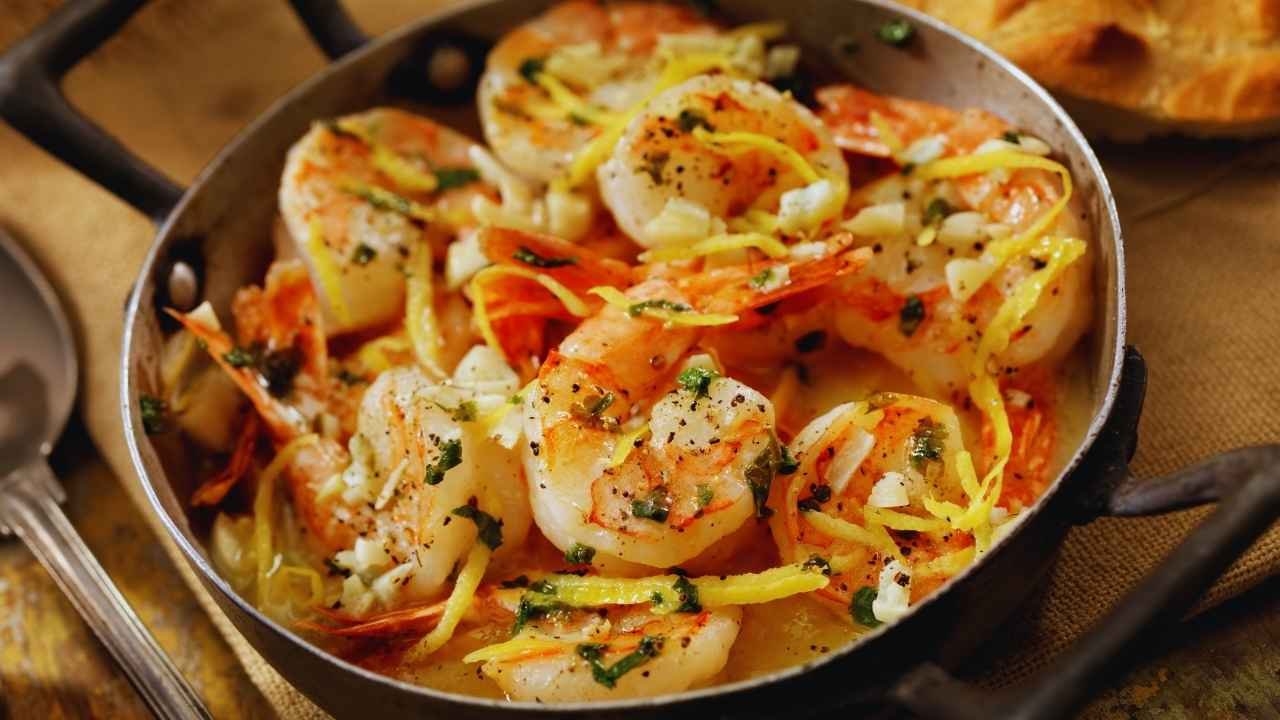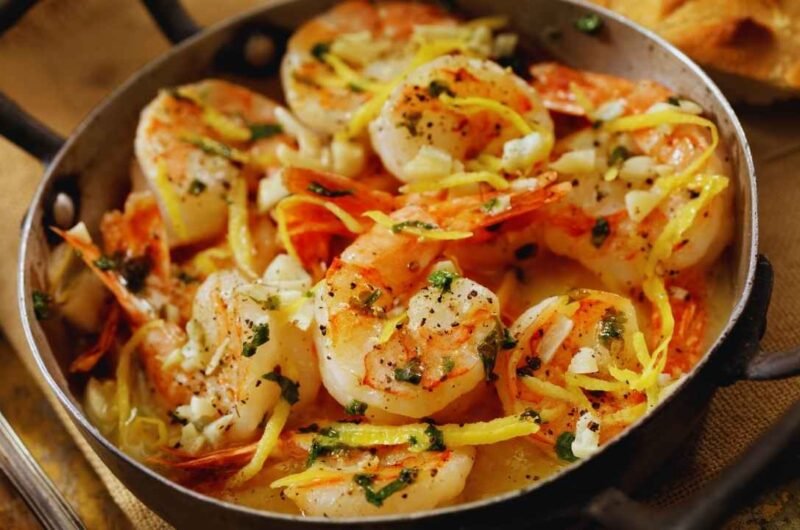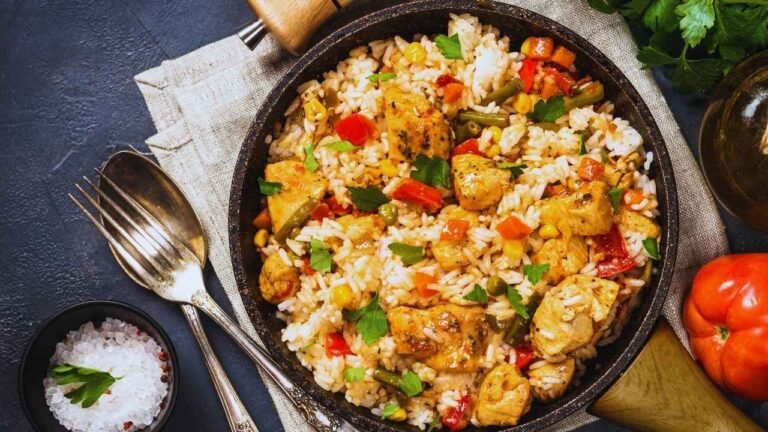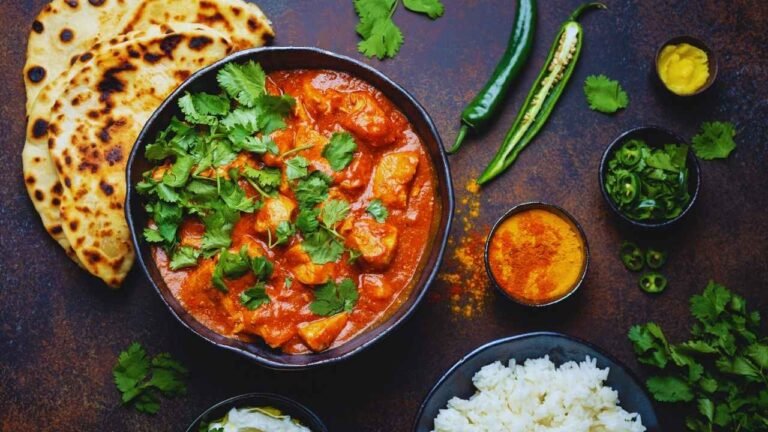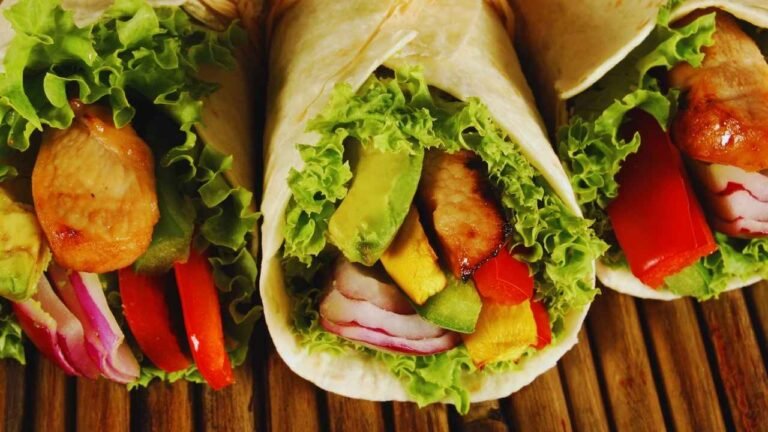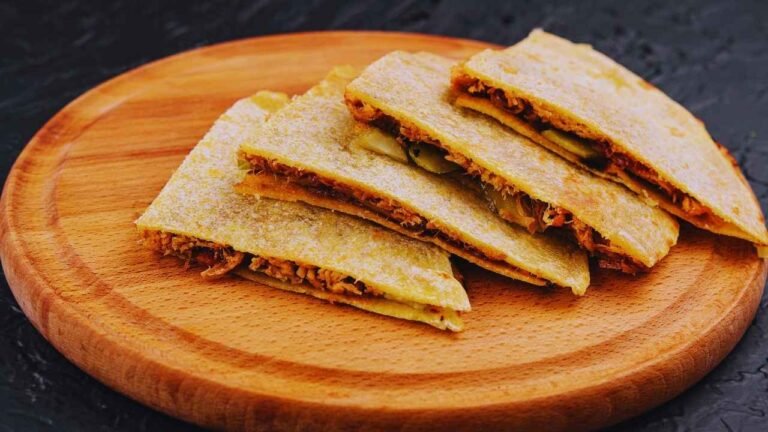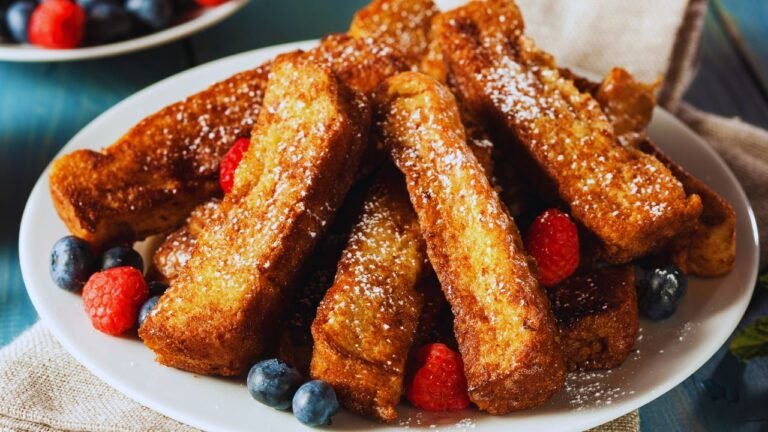How to Make Garlic Butter Shrimp Scampi: A Step-by-Step Recipe
Garlic butter shrimp scampi is a treasured dish in Italian-American cuisine. The combination of juicy shrimp, fragrant garlic, and rich butter creates a restaurant-quality meal that you can easily prepare at home. A perfect recipe balances these ingredients to create the bright, savory flavors that make this dish special.
This detailed guide walks you through each step of the cooking process. You’ll learn the right way to clean and brine shrimp, create a delicious garlic-white wine sauce, and get the perfect texture in your finished dish. The guide also shows you great serving ideas and wine pairings that make this classic seafood dish even better.
Ingredients and Equipment
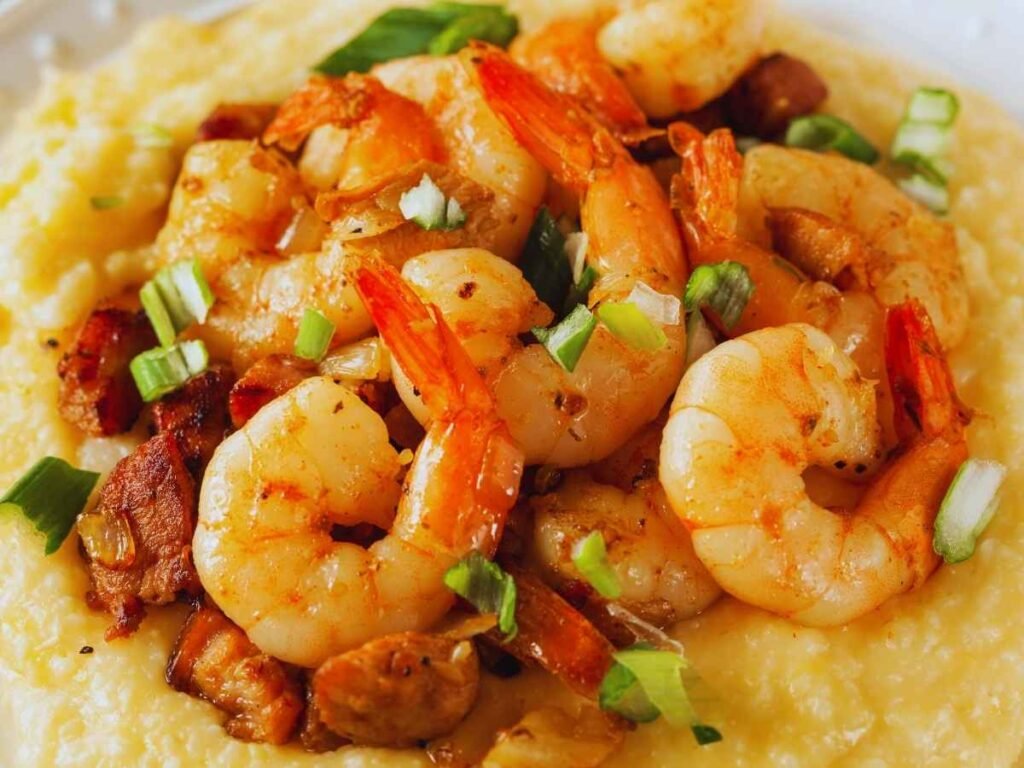
The perfect garlic butter shrimp scampi recipe needs the right ingredients and equipment. Quality ingredients and tools lead to the best outcome for this classic dish.
Essential Ingredients
A perfect shrimp scampi depends on choosing the right ingredients:
Primary Components:
- Shrimp: 1½ pounds medium or jumbo shrimp (21-30 count per pound)
- Butter: ½ cup unsalted butter, cubed
- Garlic: 4-5 large cloves, minced
- White Wine: ¾ cup dry white wine (pick one you’d enjoy drinking)
Seasoning and Aromatics:
- Fresh Parsley: 3 tablespoons chopped
- Lemon: One fresh lemon to get 2 tablespoons juice and 2 teaspoons zest
- Seasonings: Kosher salt and freshly ground black pepper
- Red Pepper Flakes: ¼ teaspoon to add heat
- Shallots: One medium, finely diced
Pro Tip: Your dish’s flavor and texture will improve if you choose shrimp with their peel on. Frozen shrimp can work just as well – just make sure they’re completely thawed before you start cooking.
Kitchen Tools Needed
Here’s the simple kitchen equipment you’ll need to make a great garlic butter shrimp scampi:
Essential Tools Purpose Large Skillet Main cooking vessel Sharp Knife To mince garlic and herbs Cutting Board Preparation surface Measuring Spoons Precise ingredient portions Measuring Cups Liquid measurements Citrus Zester To create lemon zest Garlic Press Optional for mincing garlic Note: Your skillet must fit all shrimp in one layer to cook them evenly and reduce the sauce properly.
If you plan to serve scampi with pasta, you’ll also need:
- Large pot to cook pasta
- Colander to drain
- Tongs to serve
The ingredients’ quality will shape your dish’s taste. Fresh garlic gives better results than pre-minced versions, and fresh, firm lemons add the best flavor. Your wine choice matters too – a crisp Pinot Grigio or Sauvignon Blanc creates a perfect scampi sauce.
Preparing the Shrimp

Restaurant-quality garlic butter shrimp scampi depends on proper shrimp preparation. The recipe needs two main steps that affect the dish’s texture and flavor substantially. These steps include cleaning and brining the shrimp properly.
Cleaning and Deveining
Clean shrimp with precision to maintain their delicate texture. A professional chef’s quickest way to clean shrimp follows these steps:
- Rinse shrimp thoroughly under cold water
- Pull the legs gently from shrimp’s inner curve
- Cut along shell’s outer curve with kitchen shears
- Peel the shell back and choose to keep or remove tail
- Create a shallow cut on shrimp’s back
- Take out the dark vein with knife tip or scissors
- Rinse once more and pat dry
Pro Tip: The shells make excellent wine stock that will boost your scampi sauce’s flavor.
Brining for Extra Flavor
Brining transforms ordinary shrimp into plump, juicy delights. This technique uses a saltwater solution that boosts both moisture content and flavor.
Simple Brining Solution Measurements:
Ingredient Amount Kosher Salt 3 tablespoons Granulated Sugar 2 tablespoons Cold Water 1 quart Ice 2 cups Success with brining depends on timing. Here’s what you need to know:
- Peeled shrimp need 20-30 minutes in the brine
- Shell-on shrimp require 40-60 minutes
- Longer brining times can change the shrimp’s texture
Note: Skip brining if your shrimp contain sodium or preservatives (such as sodium tripolyphosphate).
Your shrimp’s flavor profile can reach new heights with a quick stock made while they brine. Just sauté the reserved shells in butter with garlic and shallots, then simmer them in white wine. This rich liquid adds deep seafood notes when added to your scampi sauce.
Paper towels will help you dry the brined shrimp well, especially before searing. The enhanced flavoring stays locked in when you skip rinsing after brining. Your shrimp are now ready to become a delicious garlic butter scampi with tender, flavorful results.
Cooking the Garlic Butter Sauce
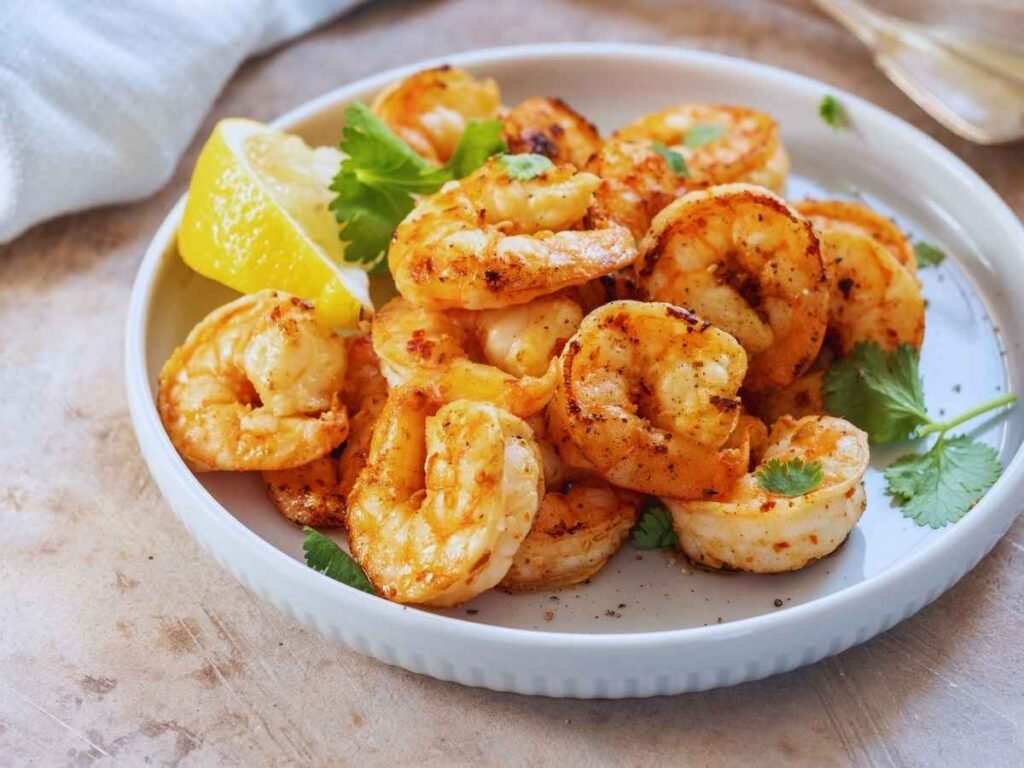
A perfect scampi sauce is a vital element of exceptional garlic butter shrimp scampi. The recipe demands precise timing and temperature control to achieve an ideal balance of flavors.
Sautéing Garlic and Shallots
A perfect scampi sauce starts with beautifully sautéed aromatics. You’ll need to watch the process carefully to get that golden caramelization just right:
- Heat Control and Original Steps
- Let one tablespoon of butter melt on medium heat
- Keep an eye on the temperature so nothing burns
- Drop in your finely chopped shallots
- Let them cook until they turn lightly caramel-colored (about 4 minutes)
- Garlic Integration
- Add your fresh minced garlic (skip the pre-chopped or powdered stuff)
- Keep stirring to cook everything evenly
- Watch for a light golden brown color (about 1-2 minutes)
Professional Tip: Deep flavors develop naturally when shallots and garlic caramelize properly. This simple step brings out their natural sweetness and gets rid of that sharp raw garlic taste.
Adding Wine and Lemon
Creating a rich sauce from sautéed aromatics needs careful attention to liquid additions and temperature control:
Temperature Guidelines for Sauce Development:
Stage Temperature Duration Wine Addition Medium-high 1-2 minutes Reduction Medium-low 2-3 minutes Butter Integration Low 1-2 minutes Here’s how to develop your sauce:
- Wine Selection and Addition
- Pick a quality dry white wine
- Sauvignon Blanc or Pinot Grigio work best
- Pour wine to deglaze the pan
- Scrape those tasty browned bits from the bottom
- Liquid Management
- Let wine reduce by half
- Add fresh lemon juice
- Keep a gentle simmer
- Final Butter Integration
- Add remaining butter bit by bit
- Whisk steadily to emulsify
- Take off heat once sauce looks glossy
- Add salt and pepper to taste
Note: Your sauce should be silky and stick to the back of a spoon. A thin sauce needs more reduction time. If it’s too thick, splash in some reserved pasta water.
The sauce should never reach a full boil after you add the final butter – this prevents separation. You’ll know it’s ready when it has a velvety texture that coats both shrimp and pasta perfectly.
Many chefs use white wine vinegar mixed with water instead of wine. This swap can give your sauce a better flavor while keeping the dish’s classic taste.
Each step’s timing matters to create the perfect scampi sauce. A rushed process often leads to broken sauce or underdeveloped flavors. Give time to let garlic and shallots release their flavors. The wine and butter will blend into that signature scampi sauce that makes this dish special.
Combining Shrimp and Sauce
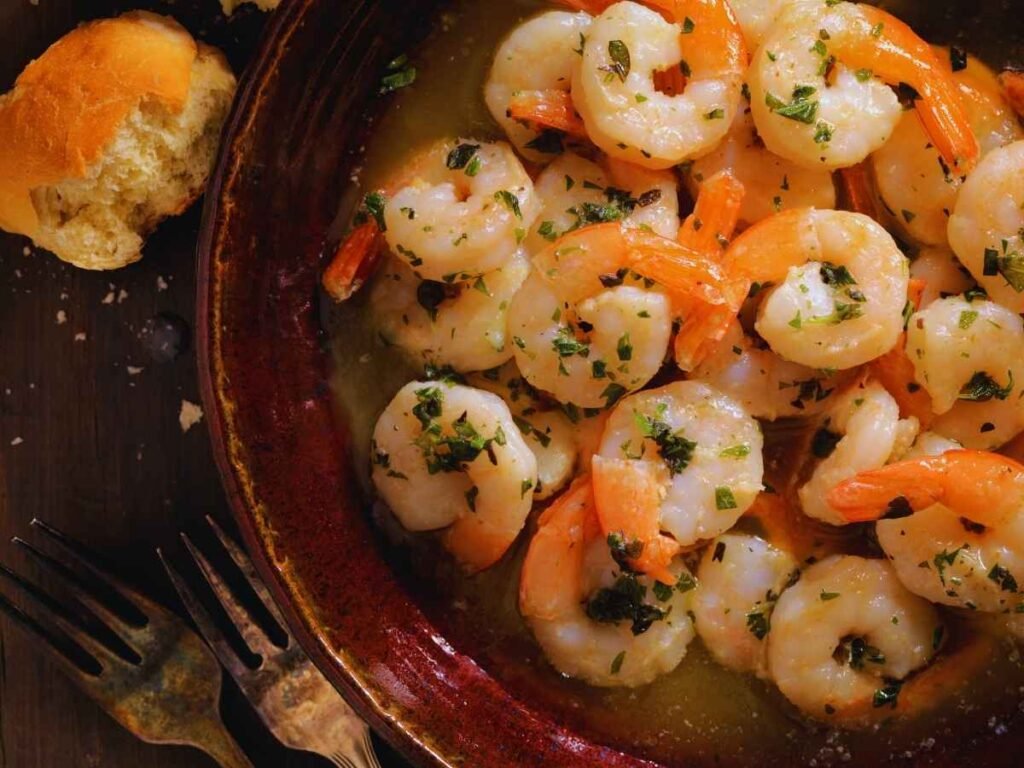
The magic of garlic butter shrimp scampi happens at the significant moment the shrimp meets its aromatic sauce. The dish demands precise timing and temperature control to achieve restaurant-quality results.
Cooking the Shrimp
Perfect shrimp depends on how well you manage heat and timing. A mix of butter and olive oil works best as your cooking base. This combination adds rich flavor and stops the butter from burning.
Temperature and Timing Guidelines:
Stage Temperature Duration Visual Indicators Original Sear Medium-high 1-2 minutes Pink on bottom edge Second Side Medium-high 1-2 minutes Opaque throughout Final Warming Low 30 seconds Slight curl You need these steps to get amazing results:
- A large skillet needs olive oil and butter over medium-high heat
- Your shrimp should lie in a single layer without crowding
- Add salt and pepper to taste
- The bottom should turn pink (1-2 minutes)
- Each shrimp needs one flip
- The cooking continues until barely opaque (1-2 minutes)
Professional Tip: The shrimp should come out of the pan just before they look done. The remaining heat will finish the cooking process perfectly.
Tossing with Sauce
The final combination of shrimp and sauce needs careful attention. You must preserve the perfect texture while ensuring even coating. This stage changes individual components into a unified dish.
Essential Combination Steps:
- Return the pan to medium heat
- Add the prepared garlic butter sauce
- Gently toss shrimp to coat evenly
- Allow 30 seconds for sauce to warm
- Remove from heat immediately when shrimp are pink and opaque
Critical Note: Timing is significant because overcooking can make shrimp rubbery.
These professional tips will help you make the perfect garlic butter shrimp scampi:
Temperature Management:
- Keep the heat moderate to prevent sauce separation
- Watch for gentle bubbling around the edges
- Remove from heat as soon as shrimp are warmed through
Visual Indicators of Perfection:
- Shrimp should form a “C” shape (not a tight curl)
- Flesh should be pearly and opaque
- Sauce should cling to each shrimp
Expert Tip: The sauce might be too thick. Just add a small amount of reserved pasta water to get the right consistency.
The final moments need careful observation. Expert chefs know that perfectly cooked and overcooked shrimp differ by mere seconds. Each shrimp should have an even coating of sauce with a glossy finish that promises the perfect mix of garlic, butter, and wine flavors.
You can make these final adjustments to get optimal results:
- Taste and adjust seasoning if needed
- Add a fresh squeeze of lemon juice if desired
- Sprinkle with additional fresh parsley
- Serve immediately while the sauce is hot and emulsified
Professional Insight: The pan’s residual heat will continue to cook the shrimp. Remove them from heat slightly early rather than too late.
This final stage creates magic. All the careful preparation of shrimp and sauce comes together in a harmonious dish that showcases traditional Italian-American cuisine’s best qualities. You’ll end up with tender, flavorful shrimp covered in a silky, aromatic sauce – perfect over pasta or with crusty bread.
Serving and Pairing Suggestions
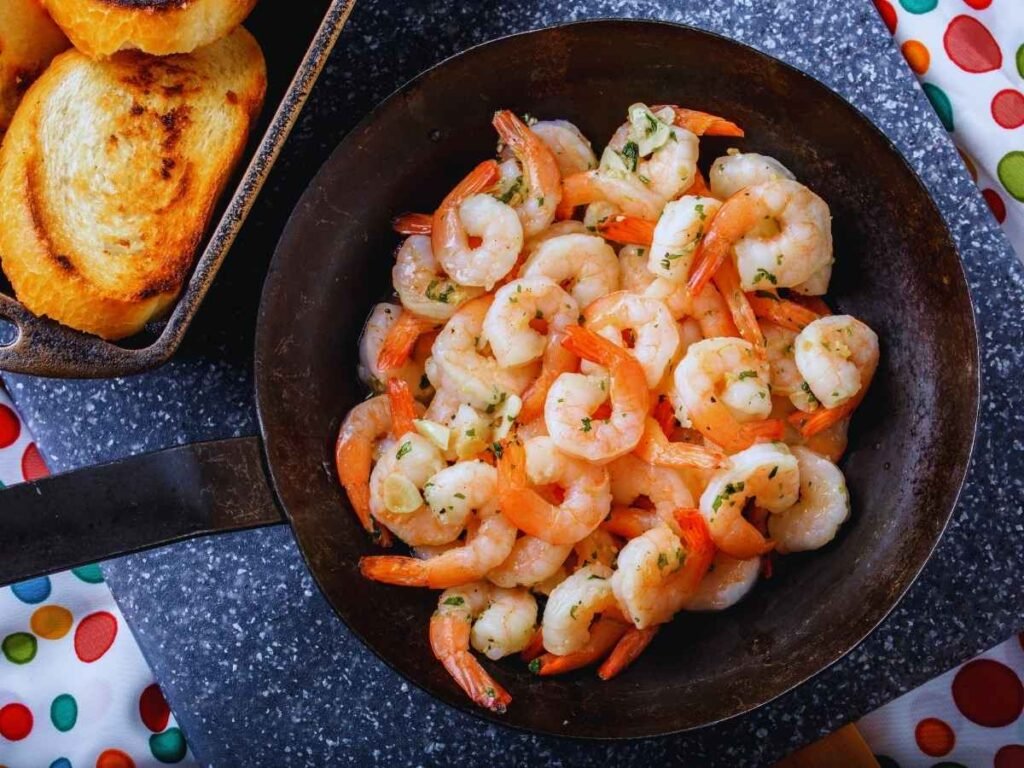
A well-executed garlic butter shrimp scampi transforms from an excellent dish to an unforgettable dining experience with perfect presentation and thoughtful pairing choices. Selecting the right accompaniments and wine pairings will give diners maximum enjoyment of this classic seafood preparation.
Pasta Options
Your pasta choice substantially affects how garlic butter shrimp scampi tastes. The perfect pasta should enhance the light, buttery sauce and provide the right texture to complement tender shrimp.
Recommended Pasta Selections:
- Angel hair pasta – works best with light sauces and cooks quickly in 2-3 minutes
- Linguine – a traditional choice with robust texture
- Thin spaghetti – strikes an excellent balance between delicate and sturdy
- Fettuccine – captures the buttery sauce perfectly
The pasta should be cooked al dente and mixed directly with the scampi sauce. This allows the pasta to soak up rich flavors while it retains its texture. You can save some pasta cooking water to adjust the sauce’s thickness when needed.
How to Make Garlic Butter Shrimp Scampi: A Step-by-Step Recipe
Course: Cookies/ SnacksCuisine: Italian-AmericanDifficulty: Easy4
servings10
minutes10
minutes400
kcalA famous Italian-American meal, garlic butter shrimp scampi is made with soft shrimp sautéed in a creamy, buttery garlic sauce that has a touch of white wine and fresh lemon. Serve it over spaghetti or with crusty bread to mop up the flavorful sauce. It’s a simple, fast dish that works well for any occasion.
Ingredients
Shrimp: 1½ pounds (medium or jumbo, peeled and deveined, tails on or off)
Unsalted Butter: ½ cup (cubed)
Garlic: 4-5 large cloves (minced)
Shallots: 1 medium (finely diced)
Dry White Wine: ¾ cup (Sauvignon Blanc or Pinot Grigio)
Lemon: 1 (zested and juiced)
Fresh Parsley: 3 tablespoons (chopped)
Kosher Salt: to taste
Freshly Ground Black Pepper: to taste
Red Pepper Flakes: ¼ teaspoon (optional, for heat)
Olive Oil: 1 tablespoon (for cooking shrimp)
Directions
- Prepare Shrimp: Clean, devein, and pat dry. (Optional: Brine for 20-30 minutes.)
- Make Sauce: Sauté shallots and garlic in butter. Add white wine, lemon juice, and zest, then reduce. Stir in butter to make a smooth sauce.
- Cook Shrimp: Sauté shrimp in olive oil for 1-2 minutes per side until pink.
- Combine: Toss shrimp in the garlic butter sauce, add parsley, and cook for 30 seconds.
- Serve: Serve with pasta or bread, garnished with extra parsley and lemon.
Recipe Video
Notes
- Don’t overcook the shrimp for optimal results. Remaining heat will continue cooking them, so take them from the stove just before they are done since they cook rapidly. This keeps it from being rubbery and guarantees a luscious, sensitive texture.
Wine Pairings
A perfect wine pairing boosts the delicate flavors of scampi sauce and brings out the shrimp’s sweetness. Here’s a detailed guide to help you pick the right wine:
White Wine Selections for Shrimp Scampi:
Wine Variety Characteristics Pairing Notes Sauvignon Blanc Crisp, citrusy Cuts through butter richness Pinot Grigio Light, refreshing Complements garlic notes Chardonnay Buttery, full-bodied Matches sauce richness Vinho Verde Light, bright Enhances fresh flavors Prosecco Sparkling, crisp Cleanses palate White wines taste best when chilled between 45-50°F (7-10°C). Light-bodied red wines like Pinot Noir can be surprisingly good matches too, especially with a slight chill.
Professional Tip: The wine you use to cook your scampi sauce often makes an excellent pairing choice for the meal.
Crusty bread makes a perfect companion to soak up the delicious sauce. A light side salad adds freshness to your meal. Pesto pasta topped with freshly grated Parmesan cheese offers a heartier alternative base for a more filling dinner experience.
FAQs
What ingredients are used to make the sauce for shrimp scampi?
Traditionally, the dish known as scampi involved small, lobster-like crustaceans called scampi, Dublin Bay Prawns, or Norway Lobsters. In its more common form today, shrimp scampi uses shrimp and is prepared with a simple sauce comprising garlic, butter, and white wine.
What are some alternatives to white wine in shrimp scampi?
If you prefer not to use white wine in shrimp scampi, you can either omit it entirely or replace it with chicken broth, which offers a robust flavor. Alternatively, if you have homemade fish broth available, that can also be a suitable substitute.
How does scampi differ from shrimp scampi?
“Scampi” refers to a dish featuring shrimp cooked in garlic butter, dry white wine, and Parmesan cheese, and it can be served with bread, pasta, or rice. “Shrimp scampi” specifically denotes a method of preparation that sometimes extends to other shellfish or even different meats like chicken, using a similar cooking style.
What constitutes shrimp with garlic sauce?
Shrimp with garlic sauce, inspired by the Spanish tapa gambas al ajillo, involves sautéing shrimp in a mixture of garlicky, spicy olive oil, then tossing them with dry sherry, lemon juice, and a sprinkle of parsley. This dish is flavorful enough to stand as a main course.

